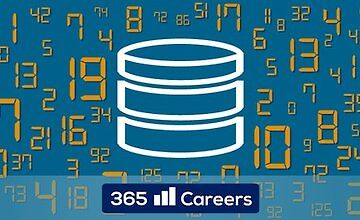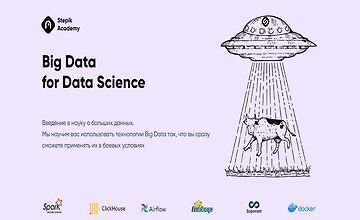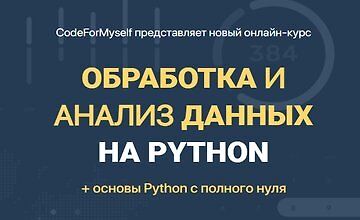
udemy
Udemy - одна из самых больших площадок в мире по доставке обучающего контента от разных авторов всего мира. Присутсвуют курсы практически на любую тему.
Statistics for Data Science and Business Analysis
Статистика, которая вам нужна в офисе: описательная и логическая статистика, проверка гипотез, регрессионный анализ... Является ли статистика движущей силой в отрасли, в которую вы хотите войти? Вы хотите работать в качестве аналитика по маркетингу, бизнес-аналитика, аналитика данных или ученого данных? Ну, тогда вы попали в нужное место!
Вскоре вы приобретете фундаментальные навыки, которые позволят вам понять сложный статистический анализ, непосредственно применимый к реальным ситуациям. Мы создали курс, который:
Не секрет, что многие из этих тем были объяснены в Интернете. Тысячи раз. Однако практически невозможно найти структурированную программу, которая дает вам понимание того, почему определенные статистические тесты используются так часто. Современные программные пакеты и языки программирования автоматизируют большинство из этих действий, но этот курс дает вам нечто более ценное - критическое мышление. Компьютеры и языки программирования похожи на корабли в море. Это прекрасные суда, которые доставят вас к желаемому месту назначения, но только вы, начинающий ученый по данным или аналитик BI, можете ориентироваться и указывать их в правильном направлении.
Обучение - наша страсть
Более четырех месяцев мы усердно работали над созданием наилучшего курса по статистике, который принес бы вам максимальную пользу. Мы хотим, чтобы вы добились успеха, поэтому курс стремится быть как можно более интересным. Качественная анимация, превосходные материалы курса, раздаточные материалы и примечания к курсу, а также глоссарий со всеми новыми терминами, которые вы выучите, - это лишь некоторые из преимуществ, которые вы получите.
Чем этот курс отличается от остальных курсов по статистике?

Udemy - одна из самых больших площадок в мире по доставке обучающего контента от разных авторов всего мира. Присутсвуют курсы практически на любую тему.


Изучите все из теории вероятностей и статистики, а затем проверьте свои знания из более чем 600 практических вопросов.

Введение в науку о больших данных. Мы научим вас использовать технологии Big Data так, что вы сразу сможете применять их в боевых условиях.

Представляем Вашему вниманию курс по изучению Обработки и анализу данных на Python. Курс состоит из 4-х частей и включает в себя 48 уроков общей продолжительностью более 15 часа видео.

Станьте лучшим аналитиком бизнес-данных. Мы научим вас всему, что вам нужно, чтобы пройти путь от новичка до профессионального аналитика. Вы научитесь использовать Python и новейшие отраслевые инструменты и методы для принятия решений на основе данных.